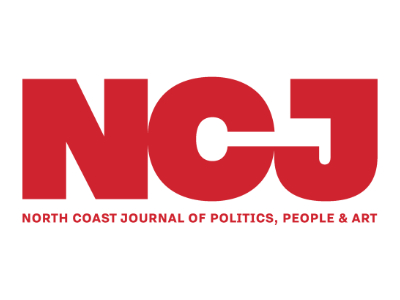
“Why is it that you white people developed so much cargo and brought it to New Guinea, but we Black people had little cargo of our own?” — Yali, a Papua New Guinean politician, in conversation with Jared Diamond. “Cargo” here refers to inventions and manufactured goods. When Guns, Germs, and Steel: The Fates of Human Societies by polymath Jared Diamond came out in 1997, the overall reaction from anthropologists and geographers was, “Why didn’t I think of that?” However, along with mostly positive reviews — it won a Pulitzer Prize in 1998 — the book garnered such damning comments as, “academic porn” and “racist.” Nearly 30 years on, the book is still discussed and debated, with reason, since it purports to be “A Short History of Everybody for the Last 13,000 Years.” Some claim! Here and next time, I’ll try to summarize this transdisciplinary, ground-breaking work which is, in essence, a response to Yali’s implicit question: “Why is virtually the entire thrust of human history one in which Eurasians conquered other civilizations, rather than the other way around?” Diamond’s answer, from which all else follows, is simple to the point of being simplistic. Geographically, Eurasia runs very approximately east-west, while Africa and the Americas run —approximately — north-south. And that, according to his thesis, made all the difference, starting some 13,000 years ago at the end of the last Ice Age and the beginning of the agricultural revolution, when much of humankind was transitioning from tribal hunting and gathering to agrarian societies. This is where Eurasia had the advantage over the rest of the world, having the potential to grow better crops and raise domestic animals. Specifically, Eurasia at that time had wild barley, wheat and beans that were both easier to sow and store and more nutritious, than for instance, the Americas’ corn. And while just two large animals lived in the Americas (llamas and alpacas), Eurasia was home to the predecessors of modern horses, donkeys, goats, sheep, cows, bullocks, pigs and chickens. These were useful as protein sources (meat, milk, cheese), hides and clothing, and transport and tillage. It’s in the spread of both crops and animals that Eurasia’s east-west orientation really paid off, according to Diamond, since people could migrate across the huge landmass while staying at roughly the same latitude. Crops and animals that thrived in, say, Mesopotamia (present-day Iraq), generally do well in a…
Guns, Germs and Steel, Part 1: Lethal Diseases

